
Digital Cloud: AWS Certified Cloud Practitioner
Knowledge required for the exam
Domain 1: Cloud Concepts
- 1.1 Define the AWS Cloud and its value proposition
- 1.2 Identify aspects of AWS Cloud economics
- 1.3 List the different cloud architecture design principles
Domain 2: Security
- 2.1 Define the AWS Shared Responsibility model
- 2.2 Define AWS Cloud security and compliance concepts
- 2.3 Identify AWS access management capabilities
- 2.4 Identify resources for security support
Domain 3: Technology
- 3.1 Define methods of deploying and operating in the AWS Cloud
- 3.2 Define the AWS global infrastructure
- 3.3 Identify the core AWS services
- 3.4 Identify resources for technology support
Domain 4: Billing and Pricing
- 4.1 Compare and contrast the various pricing models for AWS
- 4.2 Recognize the various account structures in relation to AWS billing and pricing
- 4.3 Identify resources available for billing support
| Domain | % of Exam |
|---|---|
| Domain 1: Cloud Concepts | 26% |
| Domain 2: Security and Compliance | 25% |
| Domain 3: Technology | 33% |
| Domain 4: Billing and Pricing | 16% |
| TOTAL | 100% |
Lessons:
 Create AWS Free Tier Account
Create AWS Free Tier Account Configure Account and Create a Billing Alarm
Configure Account and Create a Billing Alarm AWS CLI and CloudShell
AWS CLI and CloudShell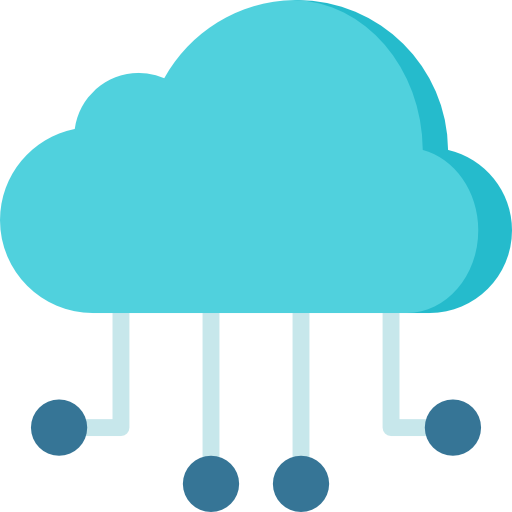 Cloud Computing and AWS
Cloud Computing and AWS Identity and Access Management (AWS IAM)
Identity and Access Management (AWS IAM) AWS Compute Services
AWS Compute Services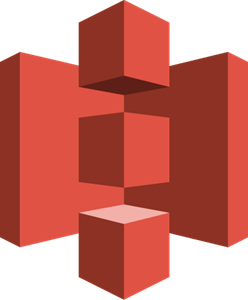 AWS Storage Services
AWS Storage Services DNS, Elastic Load Balancing, and Auto Scaling
DNS, Elastic Load Balancing, and Auto Scaling Application Services
Application Services Amazon VPC, Networking, and Hybrid
Amazon VPC, Networking, and Hybrid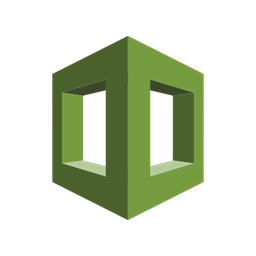 Deployment and Automation
Deployment and Automation Databases & Analytics
Databases & Analytics Management and Governance
Management and GovernanceReferences:
What is Cloud Computing? Cloud vs Legacy IT - Digital Cloud Training
Please use the menu below to navigate the article sections: Most organizations use many forms of cloud computing today. But what is cloud computing and what are the benefits for enterprises? In this article, you're going to learn the answer to these questions, from both the technical and business perspectives of cloud computing, and the benefits that companies can gain from using cloud computing services.
 https://digitalcloud.training/what-is-cloud-computing/
https://digitalcloud.training/what-is-cloud-computing/
https://digitalcloud.training/cloud-computing-service-models-iaas-paas-saas/
Cloud Computing Deployment Models - Public, Private & Hybrid
Please use the menu below to navigate the article sections: Cloud Computing services may be delivered on-premises, or in public clouds. This article discusses the various cloud computing deployment models including Public Cloud, Private Cloud, Hybrid Cloud, and Multicloud. In previous articles, you've learned what cloud computing is, and the various cloud computing service models.
 https://digitalcloud.training/cloud-computing-deployment-models/
https://digitalcloud.training/cloud-computing-deployment-models/
Cloud Computing Basics - Compute - Digital Cloud Training
Please use the menu below to navigate the article sections: Along with storage and networking, compute is one of the key foundational building blocks of the cloud computing infrastructure layer. In this article, which is aimed at those who are new to cloud and computing in general, I discuss the basic concepts you need to understand to get started with compute on AWS.
 https://digitalcloud.training/cloud-computing-basics-compute/
https://digitalcloud.training/cloud-computing-basics-compute/
What is Amazon VPC?
Amazon Virtual Private Cloud (Amazon VPC) enables you to launch AWS resources into a virtual network that you've defined. This virtual network closely resembles a traditional network that you'd operate in your own data center, with the benefits of using the scalable infrastructure of AWS. Amazon VPC is the networking layer for Amazon EC2.
 https://docs.aws.amazon.com/vpc/latest/userguide/what-is-amazon-vpc.html
https://docs.aws.amazon.com/vpc/latest/userguide/what-is-amazon-vpc.htmlRegions and Zones
Amazon EC2 is hosted in multiple locations world-wide. These locations are composed of Regions, Availability Zones, Local Zones, AWS Outposts, and Wavelength Zones. Each Region is a separate geographic area. Availability Zones are multiple, isolated locations within each Region. Local Zones provide you the ability to place resources, such as compute and storage, in multiple locations closer to your end users.
 https://docs.aws.amazon.com/AWSEC2/latest/UserGuide/using-regions-availability-zones.html
https://docs.aws.amazon.com/AWSEC2/latest/UserGuide/using-regions-availability-zones.html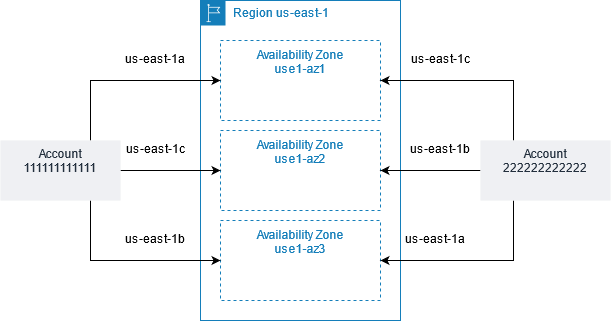
Cloud Computing Basics - Storage - Digital Cloud Training
Please use the menu below to navigate the article sections: In cloud computing, cloud storage is a service offering with which a consumer is able to read and write data to cloud-based systems that are managed by a service provider.
 https://digitalcloud.training/cloud-computing-basics-storage/
https://digitalcloud.training/cloud-computing-basics-storage/
Cloud Computing Basics - Network - Digital Cloud Training
Please use the menu below to navigate the article sections: In modern networking, network functions are increasingly becoming abstracted from the underlying switching and routing hardware layer. These virtualized resources are usually API driven, allowing developers to create, update and delete software-based network interfaces, firewalls, load balancers and routing functions through code.
 https://digitalcloud.training/cloud-computing-basics-network/
https://digitalcloud.training/cloud-computing-basics-network/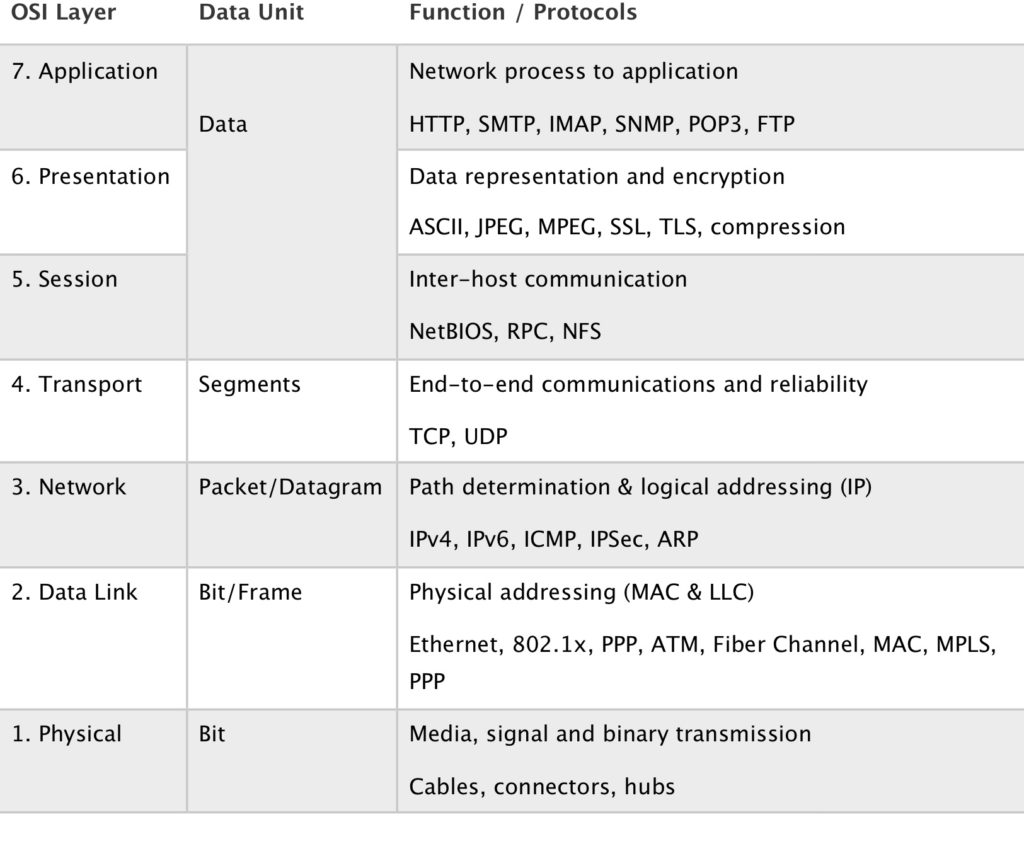
8 Steps to Understanding IP Subnetting
Understanding IP subnetting is a fundamental requirement for almost any techie - whether you're a coder, a database administrator or the CTO. However, as simple as the concepts are, there is a general difficulty in understanding the topic. Here we'll break this topic into eight simple steps and help you put the pieces together to fully understand IP subnetting.
 https://www.techopedia.com/6/28587/internet/8-steps-to-understanding-ip-subnetting
https://www.techopedia.com/6/28587/internet/8-steps-to-understanding-ip-subnetting
Cloud Computing Basics - Serverless - Digital Cloud Training
Please use the menu below to navigate the article sections: A basic understanding of serverless cloud computing is becoming increasingly important as this technology has evolved and matured in recent years and has exploded in popularity. Some people are even saying we live in a "post-container" world.
 https://digitalcloud.training/cloud-computing-basics-serverless/
https://digitalcloud.training/cloud-computing-basics-serverless/
What is DNS? - Introduction to DNS - AWS
DNS, or the Domain Name System, translates human readable domain names (for example, www.amazon.com) to machine readable IP addresses (for example, 192.0.2.44). All computers on the Internet, from your smart phone or laptop to the servers that serve content for massive retail websites, find and communicate with one another by using numbers.
 https://aws.amazon.com/route53/what-is-dns/
https://aws.amazon.com/route53/what-is-dns/
